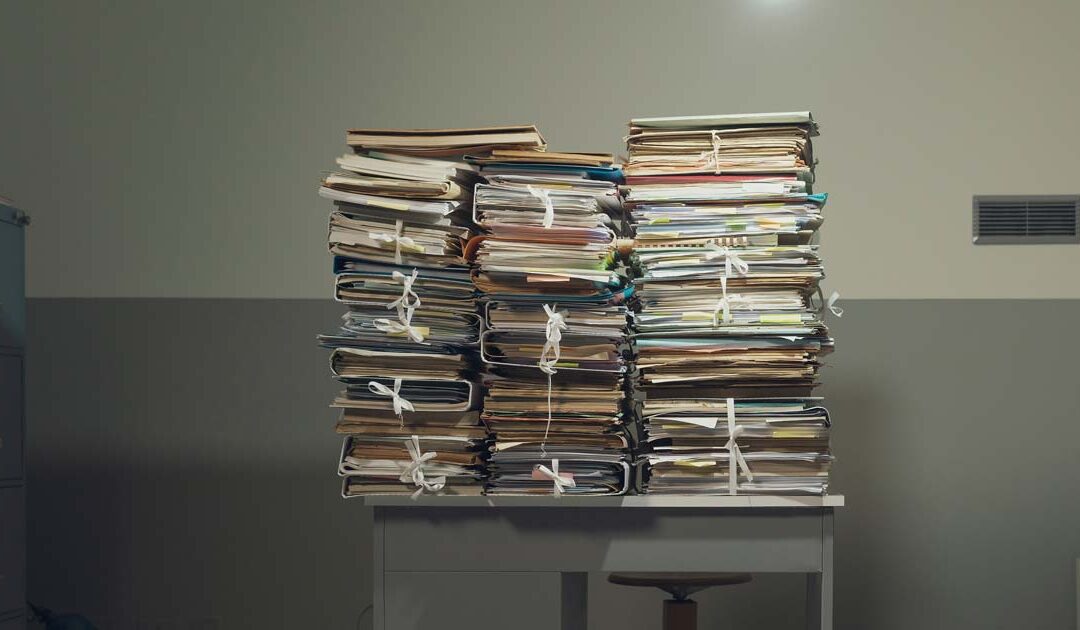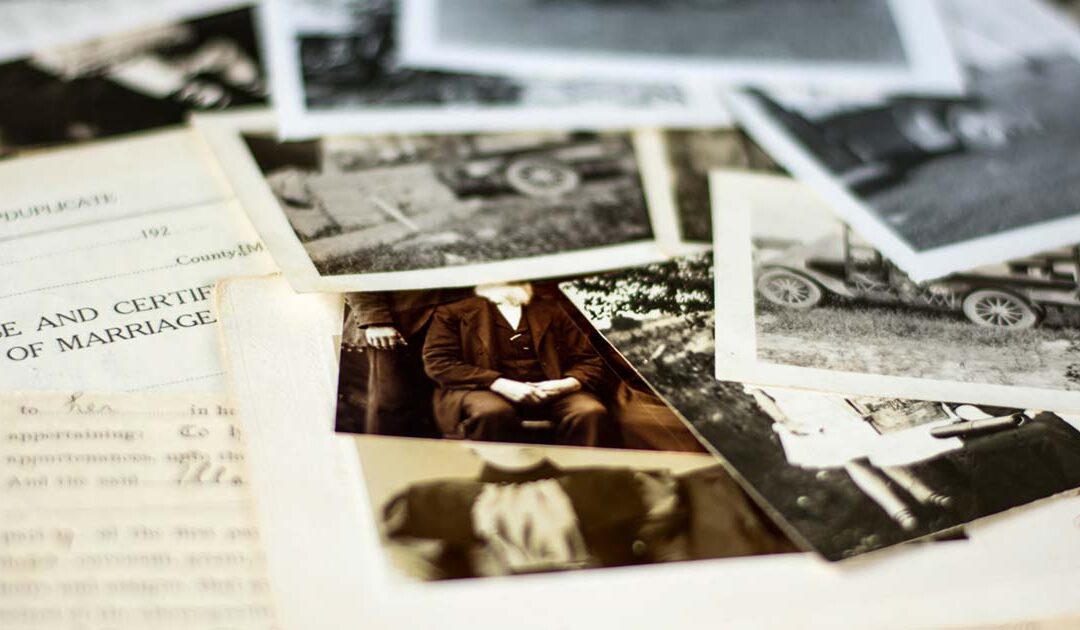How much detail is enough when describing an archival collection? Finding the right balance between broad overviews and detailed item descriptions ensures accessibility, research efficiency, and proper context for archival materials.


How much detail is enough when describing an archival collection? Finding the right balance between broad overviews and detailed item descriptions ensures accessibility, research efficiency, and proper context for archival materials.

Accessioning is the critical first step in managing archival collections, ensuring that newly acquired materials are formally accepted, documented, and integrated into a repository’s holdings. This essential process lays the groundwork for preservation, organization, and future access.

A strong acquisition policy is the foundation of a well-managed archive. It ensures collections align with an institution’s mission, meet legal and ethical standards, and remain sustainable over time. By defining scope, setting criteria, and planning for resources, archivists can build meaningful collections that serve researchers for generations.

Archival acquisition is the heart of preserving history, ensuring records of lasting value are saved for future generations. In this post, Margot Note breaks down the essentials of archival acquisition with tips and insights to help build meaningful archival collections.
Archivists can learn to measure and showcase their contributions using methodologies, metrics, and narratives.
Long-term preservation is essential to ensure digital archives remain accessible and usable.
Archivists have developed best practices for organizing and maintaining personal digital archives, safeguarding digital legacies for future generations.
Alexandra Wieland and Corinne Rogers co-edited Archival Science in Interdisciplinary Theory and Practice. My interview with them is below.
Archivists often help individuals manage and preserve digital files of personal significance.
Leadership should take center stage in the archival profession. The essence of leadership lies in embracing change and fostering innovation.
A unique challenge arises in the intricate world of archives—the risk of archivists being perceived as self-promoters.
In archives, leadership is not merely a role but a proactive stance transcending the archival domain’s boundaries.
Digital preservation is crucial to safeguarding cultural and historical heritage for future generations.